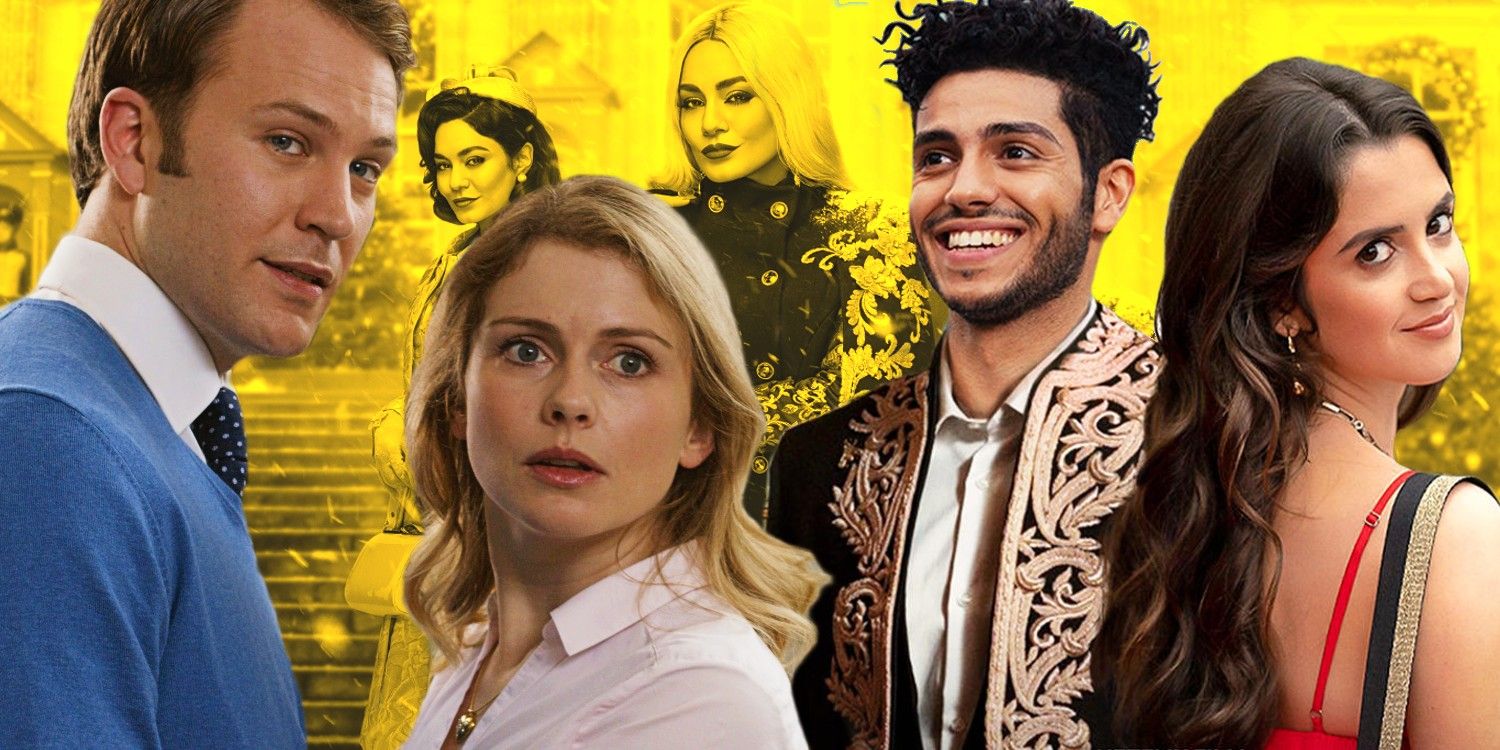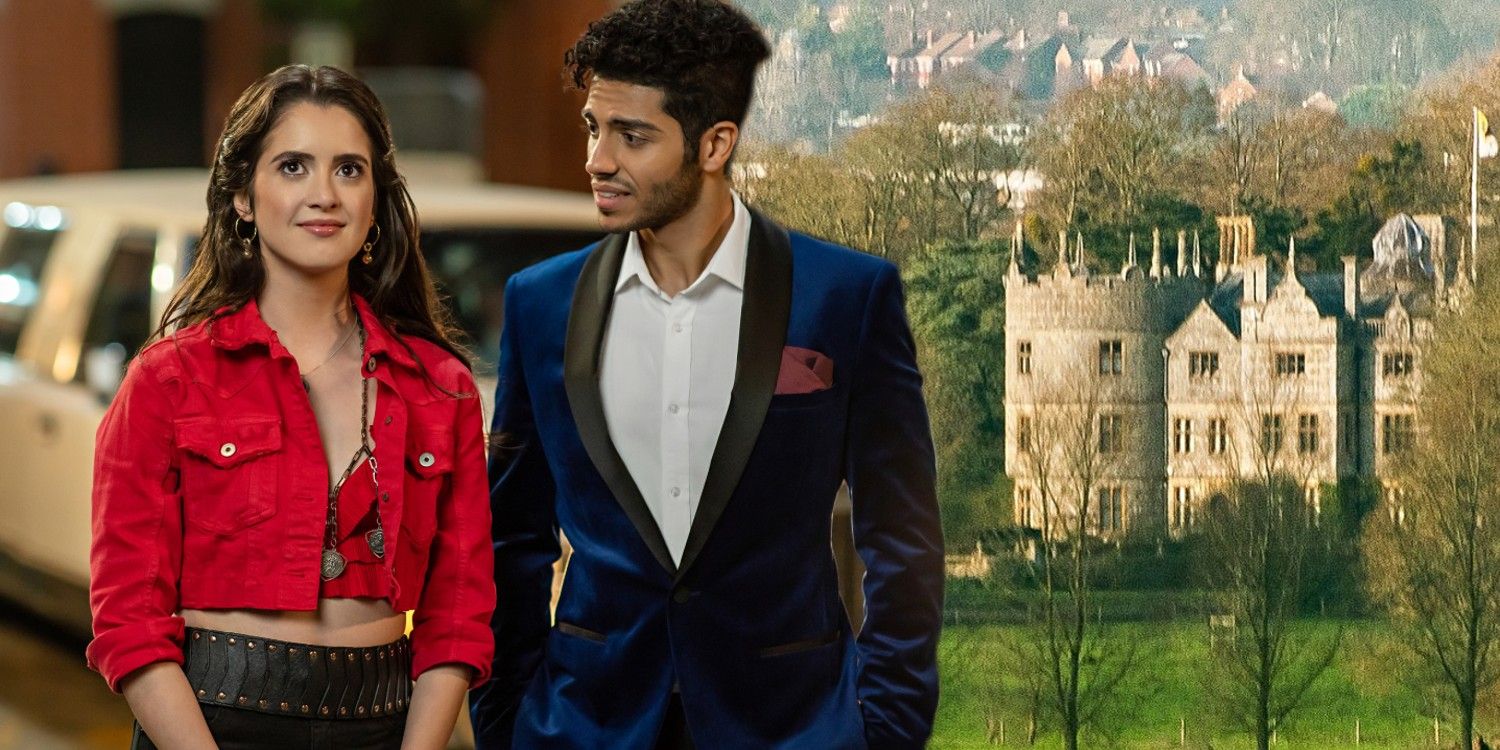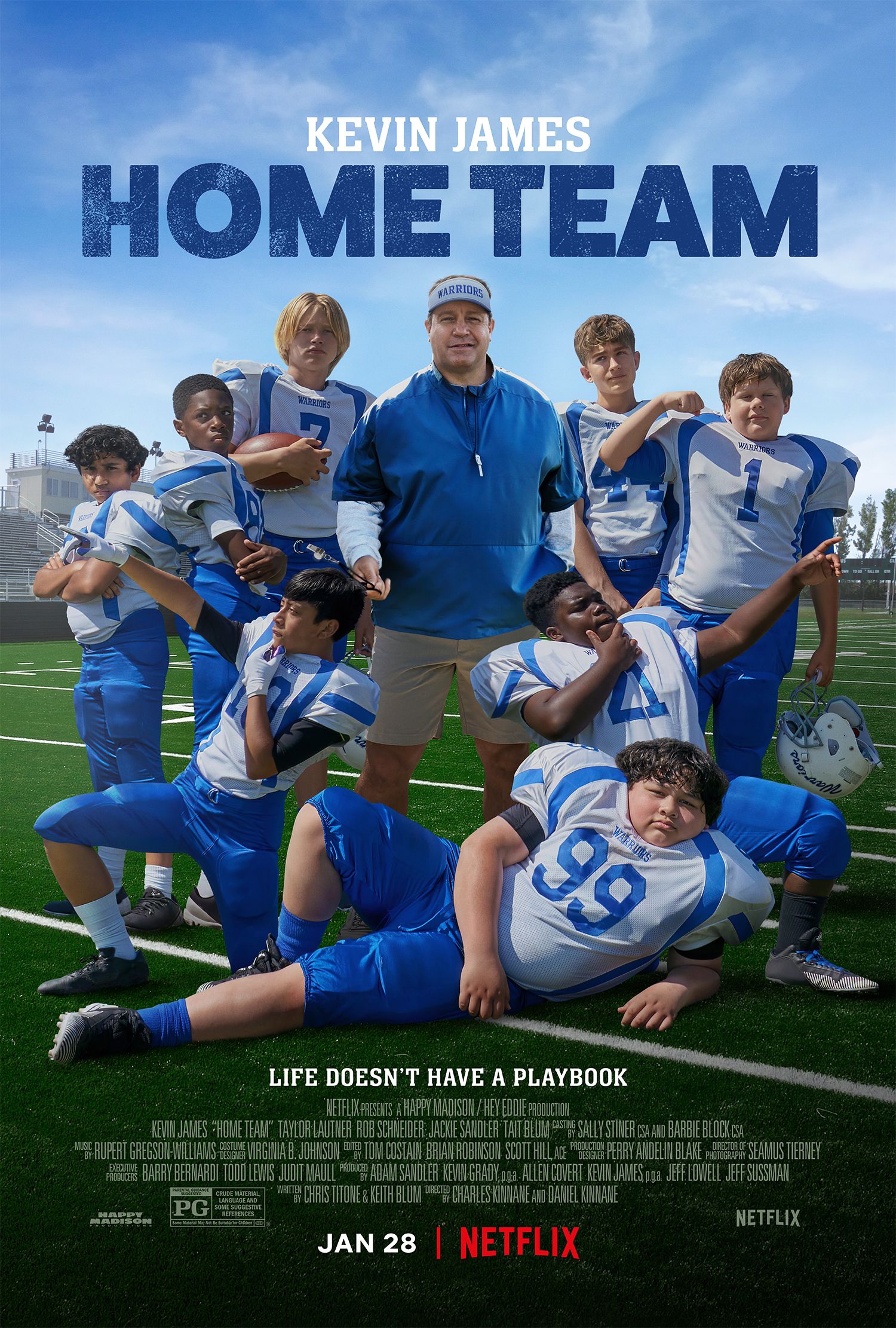The shared universe Netflix is setting up within its original romantic comedy films has potentially already been ruined. While the streaming giant confirmed its intent to intertwine its holiday movies, it intends to extend this continuity to non-themed rom-coms as well. However, as Netflix is finding, it takes more than vague references to create real intertextuality.
The Netflix Christmas Cinematic Universe consists of around fourteen holiday-themed romantic comedies, most of which reference each other in small ways. Originating with an easter egg for A Christmas Prince in The Holiday Calendar, the films’ intermixing has become more intentional. The Christmas Prince and Princess Switch characters and locations are particularly and confusingly engaged. Sparking controversy, it has been noted that although The Princess Switch referenced to the film A Christmas Prince as an in-universe movie, a character from A Christmas Prince appeared in person in The Princess Switch 3: Romancing the Star.
The most recent Netflix rom-com, The Royal Treatment, while not a holiday movie, appears to intend to expand the NCCU in an unusual way. Izzy, the hairdresser of the Prince of Lavania, comments off-handedly about the kingdom of Genovia. Genovia is the primary kingdom of the iconic Princess Diaries series, a property of Disney, not Netflix. While the reference was perhaps a throwaway, that doesn’t seem to be Netflix’s objective; in establishing their rom-com universe, Netflix has placed a lot of attention on the interconnections of nobility, which The Royal Treatment would fit with. However, as Genovia has nothing to do with the established NCCU at all, Netflix’s ability to reliably establish a shared universe is called into question.
Forming a concrete cinematic universe requires a lot of work, which Netflix seems reluctant to do. For the most part, Netflix’s rom-coms have isolated plots; characters’ choices or events that occur don’t cross over to other films like they do in more successful franchises, specifically the Marvel Cinematic Universe. The majority of the NCCU’s interrelation relies on brief references or unaddressed easter eggs, a very noncommittal approach. The singular cameo of The Princess Switch 3 is more confusing than contributive, its contradiction showing how lazily Netflix is setting up its films.
Netflix needs to decide whether or not to commit to its shared rom-com universe, or any other Netflix universe. It is risky to establish this kind of continuity; the success of some films could be forever tied to the failure of others. However, its current lackluster intertextuality suggests that Netflix prefers its audiences to perceive its original films as part of one universe to match current popular fads but is reluctant to really secure its content to one another. In essence, Netflix’s casual name-drops and easter eggs are more emblematic of claiming a shared universe out of convenience. Out of respect for its audiences, Netflix should stop meandering around and fully embrace its NCCU.



